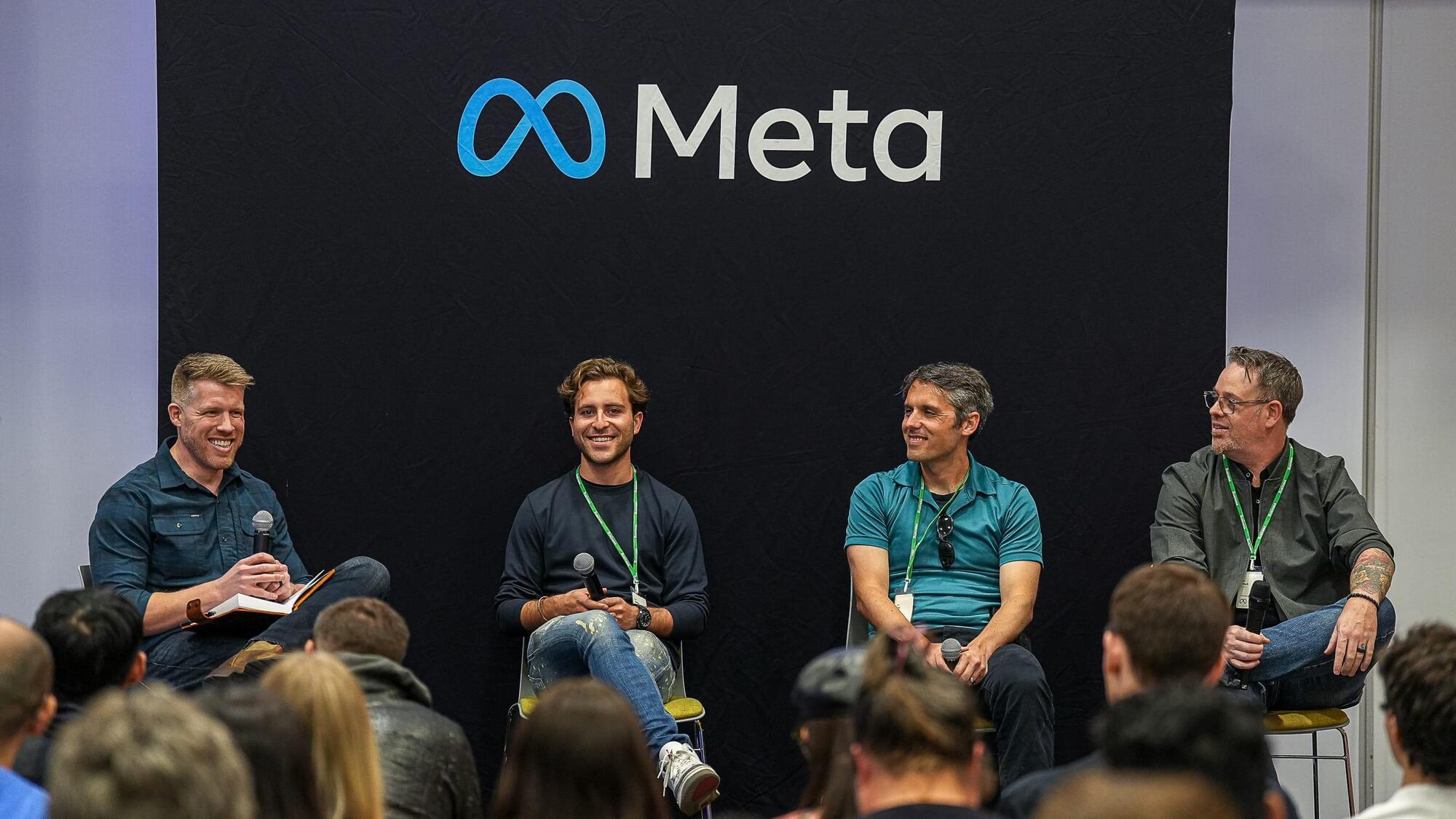The future of warfare starts in your mind. Understand how Neuroscience, Technology/AI and the OODA loop affects your flow. The world is changing, and cognitive warfare is at the forefront. In our latest podcast episode, we sit down with James Giordano, PhD, a Navy veteran and an expert in neurocognitive science, to delve into the world of cognitive warfare.
Stay in the Loop: https://www.aglx.com/newsletter-signup-north-america.
From the impact of emotions on decision-making to the integration of artificial intelligence and human cognition, this episode challenges your perspective on the battlefield. Join us as we explore the ethical implications of genetic modifications, the transformative effects of psychedelics, and the complexities of data usage in the digital age. Get ready to reimagine the relationship between technology, culture, and language. Don’t miss out on this opportunity to gain valuable insights from our thought-provoking conversation with Dr. Giordano. Tune in now to stay ahead of the curve on the evolving landscape of warfare!
00:00 — Understanding the OODA loop: A Neuroscience Perspective.
09:11 — Exploring Fifth Generation Warfare and Liminal Warfare.
16:06 — The Long Game: China’s Strategic Plan.
22:19 — Understanding Cognitive Warfare and Human-Machine Teaming.
25:52 — The Evolution of Human-Machine Teaming.
29:11 — Human Involvement in AI Decision Making.
36:01 — The Ethics of Paternalistic AI Systems.
40:43 — Technology’s Impact on Cognitive Engagement.
45:13 — Exploring Technologies for Human Performance Enhancement.
55:59 — Diving Into Attacking Mode and Ethics.
56:24 — Hacking the Human Genome.
59:37 — Epigenetic Modification and Phenotypic Shift.
1:04:54 — The Psychedelic Revolution.
1:11:18 — Revisiting Alcohol and Caffeine: Benefits and Burdens.
1:19:18 — Impact of Technology on Cognitive Capacity.
1:23:33 — Information Overload and Burdens.
1:27:02 — Ownership and Security of Personal Data.
1:31:56 — Identifying Predispositional Traits.
1:33:49 — Data Manipulation and Biometrics.
1:40:13 — Cultural Impact of Technology.
1:48:55 — The Role of Education in Integrating Science, Technology, Ethics, and Policy.
1:54:30 — Major Threats and Concerns in Today’s World.






